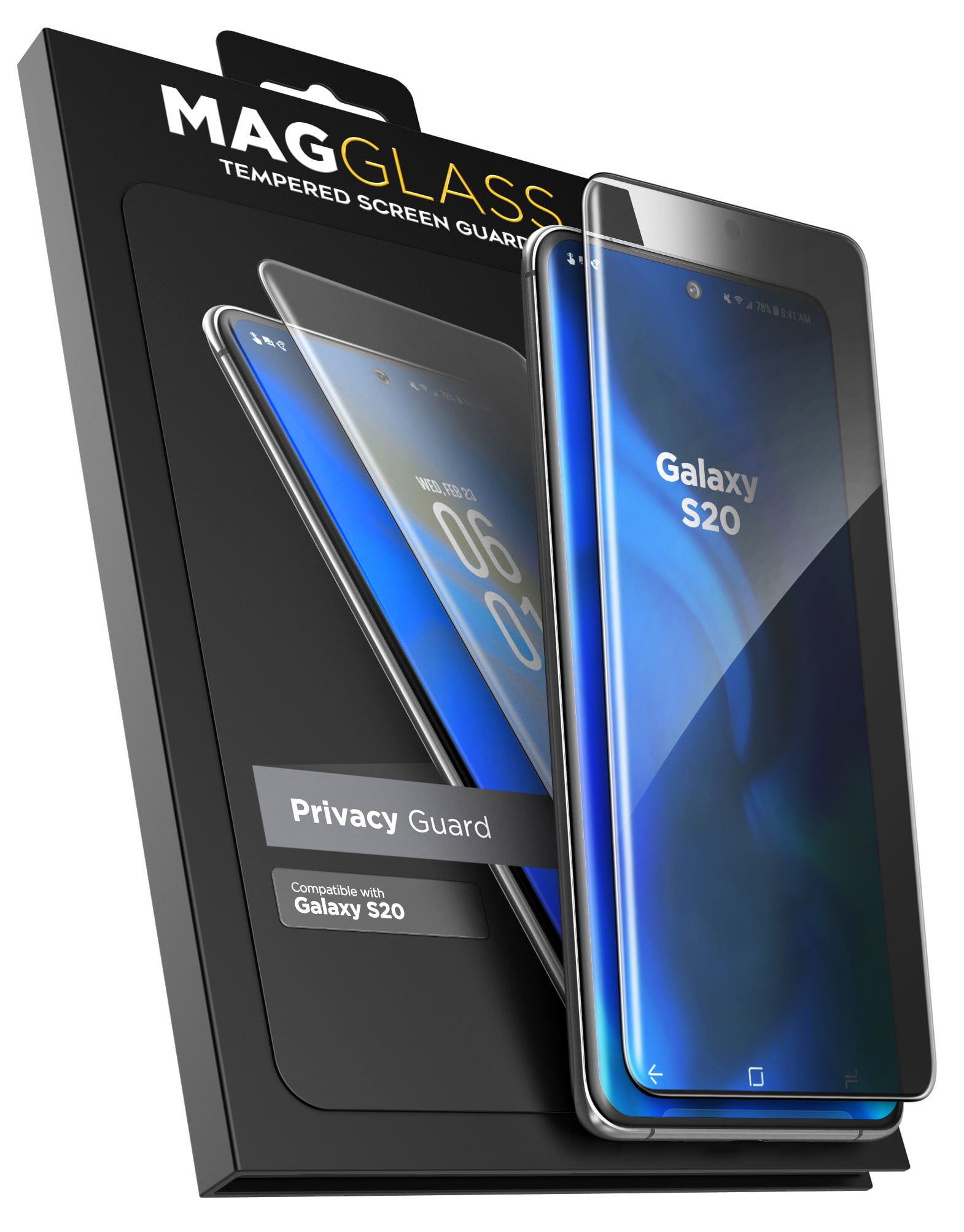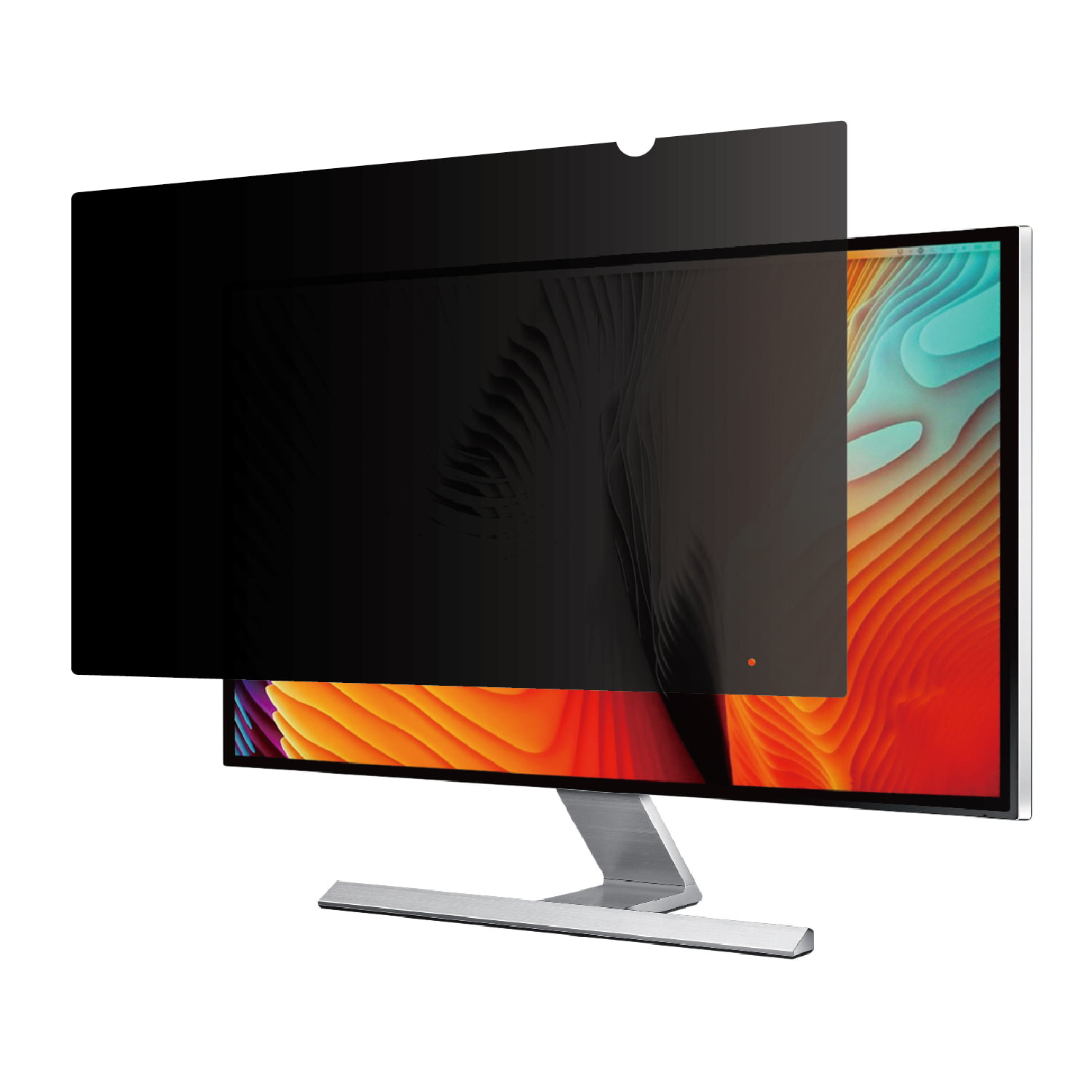
Of course, it won't protect your iPhone 13's display from scratches if it comes into contact with keys or sharp objects.Ī good quality iPhone case with raised bumpers at the front can prevent the screen from shattering even when it falls face down on a hard surface. By choosing an iPhone case wisely, the need for a screen protector can be eliminated, if the goal is to protect the display from drops. Using a case is the only real way to protect the back panel. The back of an iPhone 13 is also made out of glass, and is equally prone to cracks and scratches.

While there have been many instances of people dropping their iPhones and finding the tempered glass protector shattered but the screen intact, the fact is that a screen protector only shields the front of an iPhone. It's very hard to break but can still be scratched, so a screen protector is worth considering for those that want to further guarantee the protection of their new iPhone 13.Ī screen protector, particularly a tempered glass one, can add a vital layer of protection to an iPhone 13's display. The glass that protects the iPhone 13's screen is Ceramic Shield, which is among the toughest around - equal to or better than the best Gorilla Glass. The frame is aluminum which is known to be very durable, even though light scratches can accumulate over time.

This is an expensive material, but being impact and scratch-resistant makes it a perfect fit for camera protection. While most glass can be scratched relatively easily, Apple uses sapphire glass over the iPhone camera lenses and has for several years. The iPhone 13 was even shown being dropped and picked up in a video that played during Apple's announcement event to highlight its durability. Apple loaded the iPhone 13 with a bright and sharp XDR display, but how protected is the screen from scratches and cracks? The super tough glass that protects the screen has received big improvements over the years, so there might be a question over whether a screen protector is still necessary.


 0 kommentar(er)
0 kommentar(er)
